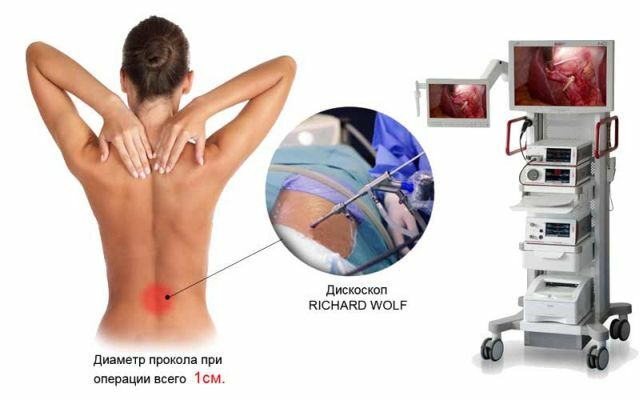- Osteochondrosis is a chronic disease affecting the intervertebral discs and cartilage of the cervical, thoracic and lumbar
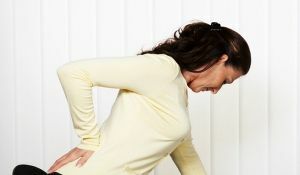 of the spine. Fibrous disc ring is damaged as a result of excessive loads, forming microfractures in the fibrous tissue, after which it is replaced by scarring. The latter has a low elasticity, which reduces the damping capacity of the disk. This leads to repeated ruptures of the disk, drying out of its core and, as a result, a decrease in its height. The vertebrae begin to press hard against each other. The disease is caused by regular spine overloads, birth defects, bruises, injuries, obesity, infectious diseases and natural aging of the body.
of the spine. Fibrous disc ring is damaged as a result of excessive loads, forming microfractures in the fibrous tissue, after which it is replaced by scarring. The latter has a low elasticity, which reduces the damping capacity of the disk. This leads to repeated ruptures of the disk, drying out of its core and, as a result, a decrease in its height. The vertebrae begin to press hard against each other. The disease is caused by regular spine overloads, birth defects, bruises, injuries, obesity, infectious diseases and natural aging of the body. - The protrusion of the disc is determined by the outflow of the intervertebral disc behind the axis of the spine, the disease can also affect the lumbar, cervical and thoracic spine. The fibrous ring remains intact. A protrusion may appear as a result of complications of osteochondrosis and without treatment leads to an intervertebral hernia. As a result of protrusion, rupture of the outer shell of the ring does not occur, only internal fibers suffer. As a result, the ring forms a protrusion, extending beyond the intervertebral disc by 1-5 mm. There is irritation of the nerve roots and there is a temporary pain syndrome, changing its intensity depending on the position of the body. The protrusion is diagnosed by MRI or CT examination.
- Ankylosing spondylitis .The disease also has a second name - Bechterew's disease. The disease is a kind of arthritis, characterized by inflammatory processes of the sacroiliac joints and later transferring to other components of the spine. Long-term inflammation( spondylitis) promotes the appearance of a calcium deposit in the ligaments. As a result, the discs weaken, their supporting and softening friction function decreases, just like the plasticity of the entire spine. This causes stiffness of movements and decreases mobility. A triggered inflammation can cause a fusion of the vertebrae, which makes them fragile, which can lead to fracture. Bechterew's disease is a systemic disease, therefore it disrupts the functioning of nearby organs. Stenosis of the spinal canal .The term "stenosis" in itself means "constriction".This term implies a pathological decrease in the lumen of the vertebral canal, which contains the spinal cord and its roots. The diameter of the spinal canal is initially small. Any anatomical changes and traumas make space critically small. Pressure on the spinal cord, caused by minimizing the lumen of the canal, leads to pain, problems with sensitivity, weakness. Especially neglected cases are characterized by disruption of the bowel and bladder. In the case of the elderly, stenosis is observed in 90% of patients, the difference is only in intensity. If there is a moderate manifestation of symptoms, stenosis is treated with conservative methods. However, with the appearance of obvious neurological symptoms, spinal cord decompression is performed with the help of an operation.
- Herniation of the intervertebral disc or extrusion is the damage to the integrity of the fibrous ring surrounding the disc, the
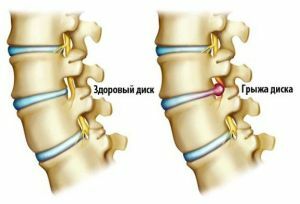 can also develop in the cervical, lumbar and, more rarely, thoracic regions. As a result of excessive pressure, the ring cracks, a pulpous nucleus starts to exit through the cracks, a semi-liquid substance inside it, pinching the nerve endings of the spinal cord. So the nerve is damaged, giving pain in the back. In most cases, the hernia manifests itself in the lumbar region, since the most significant burden of the spine is on the lumbar spine.
can also develop in the cervical, lumbar and, more rarely, thoracic regions. As a result of excessive pressure, the ring cracks, a pulpous nucleus starts to exit through the cracks, a semi-liquid substance inside it, pinching the nerve endings of the spinal cord. So the nerve is damaged, giving pain in the back. In most cases, the hernia manifests itself in the lumbar region, since the most significant burden of the spine is on the lumbar spine. - Radiculopathy .In the people it is called "radiculitis".The disease occurs when the root of the spinal cord is infringed. It is caused by squeezing or irritation of the nerve in the place where it leaves the spinal column. Pressure can come from muscles, ligaments, cartilage or bone tissue. Such compression causes numbness, pain, weakness, tingling. Radiculitis is often associated with osteochondrosis, less often with tumors and tuberculosis. It suits well to conservative treatment.
- Spondylosis - a chronic disease that occurs due to dystrophic changes in the spine, forming bone growth along the edge of the vertebrae, can develop in the lumbar sacral and cervical spine.
- Tumors of .The phenomenon of malignant neoplasms of the spine is diagnosed extremely rarely, originating initially not in the vertebral column, but in nearby organs. Acute pain in the back is the first symptom, but not specific. As a result, the patient treats other diseases: osteochondrosis, pelvic diseases, etc., and the neurosurgeon gets to the advanced stage of the disease. There are many types of cancer lesions of the spine, one of the most private hemangiomas, signs and symptoms vary depending on the growth of the tumor. Malignant tumors develop very quickly, and benign tumors can not be disturbed for several years, while reaching large sizes.
- Curvature of the spine .This category includes all manifestations of changes in the physiological curves of the spine. The most common are the following: Scoliosis - asymmetry of the spine with ribs or scapulas projecting on either side of its axis. Most often observed in women with a genetic predisposition. It appears in adolescence. At the initial stages it is treated conservatively, with running flow - operatively. Lord - is characterized by a pathologically strong bend of the spine in the lumbar region. If there is no danger to the nervous structure, then therapy is not carried out. Kyphosis - excessive forward slope in the thoracic spine. The stoop is typical for the elderly. At another age it is well treatable conservatively. If the angle of inclination from the axis is more than 60 ° - surgery is required.
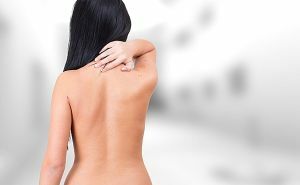 The musculoskeletal system( ODA) helps us to hold the body, move around in space and perform precise manipulations of the limbs. Provided that his absolute health is maintained, all these actions take place without effort and pain.
The musculoskeletal system( ODA) helps us to hold the body, move around in space and perform precise manipulations of the limbs. Provided that his absolute health is maintained, all these actions take place without effort and pain.
Problems begin when one of the components of the apparatus is exposed to a disease.
Contents of the article
- Human musculoskeletal system
- Diseases that damage the spine
- Provoking reasons are worth knowing to everyone!
- Modern methods of treatment of the spine
- Non-surgical methods
- Operational solution
- Innovative techniques
- Restoration and maintenance of the back health
The human musculoskeletal system
The ODA includes two parts: active and passive. If the disease affects at least one component, a person begins to experience pain and stiffness of movements.
The active part includes: 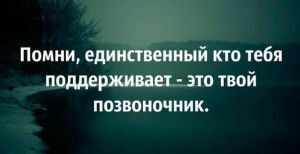
- motor nerve cells, called "motoneurons", they give signals coming from the central nervous system to the muscles;
- more than 600 muscles of the skeleton;
- receptors located in the tendons and muscles;
- afferent neurons.
The passive part is represented by:
- with skeletal bones( there are 206);
- bundles;
- joints of bones that are designed to keep the bones close, and provide the necessary mobility( joints).
Any diseases of the spine and the OD generally require immediate and careful treatment, since their physical activity directly affects the motor activity and performance. Particular attention is paid to the spine, because this chain of bones running along the back, contains the spinal cord.
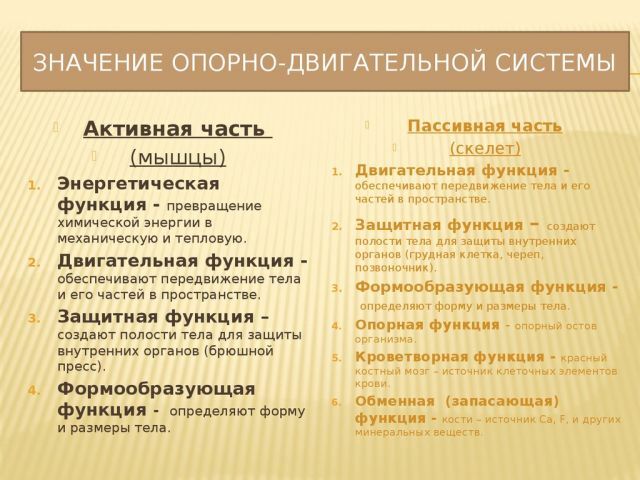
Diseases that damage the spine
There are many diseases affecting the spine and the OD in general, consider the features, causes and symptoms of the most basic and dangerous:
Provoking causes - it's worth knowing to everyone!
The most common causes of problems with the spine are the aforementioned diseases. But what is the reason for their occurrence?
Factors serving as the primary cause of the development of the disease: 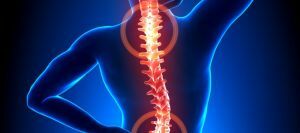
- excessive strain on the spine( due to the specifics of work, enthusiasm for bodybuilding, mindless training with simulators);
- inactivity( work at a computer, driving a car);
- long work in standing position;
- continued stress;
- diseases of the stomach, pelvic organs, heart, kidneys;
- injuries, bruises, sprains;
- subcooling;
- metabolic disorders;
- excess weight.
Causes of back pain can be diagnosed by a neurologist, traumatologist or orthopedist.
Modern methods of treatment of the spine
After diagnosis, the doctor will prescribe the necessary treatment for a particular disease of the spine, this can be both cardinal measures - surgery, and conservative methods that support it.
Non-surgical methods
Treatment of the spine without surgery is called conservative, the techniques used are suitable for the treatment of osteochondrosis, neuralgia, protrusion, untreated hernia and many other diseases. The main objectives of this set of measures are:
- relieving the patient of pain;
- return of normal body functioning;
- relieving the nerves of the back from squeezing;
- elimination of numbness and weakness of the extremities.
The non-surgical methods of treating the spine and eliminating pain in the back area include:
- taking medications;
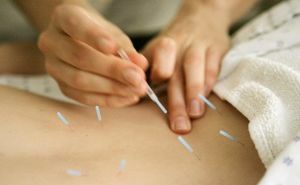
- acupuncture;
- hirudotherapy;
- homeosyniatry;
- acupressure;
- exercises physical therapy;
- use of folk remedies.
Medical treatment in some cases is not able to completely cure the disease, but only eliminates pain symptoms. Therefore, the therapy is carried out in a complex manner.
Treatment of spinal hernia without surgery - video on the topic:
Operative solution
Surgical intervention solves the problem cardinally, quickly getting rid of it. More often to such a method resorted to after testing conservative methods. In domestic medical practice, operations on the spine are performed under general or local anesthesia, after which usually relief comes immediately.
To date, most often carry out minimally invasive interventions. Technically they are more complicated than traditional ones, but they are easier to carry and less traumatic.
Innovative techniques
Technologies for treating spinal diseases are being improved every year, new methods are being introduced that use modern achievements. One of these techniques is laser treatment of high intensity. With it, you can quickly eliminate pain, eliminate the problem with the least time spent on recovery.
American DRX, EPS systems help to gradually stretch the distance between the vertebrae, rather than remove the jamming of the nerve roots. These methods remove not only the clinical manifestations of the disease, but also get rid of the underlying cause.
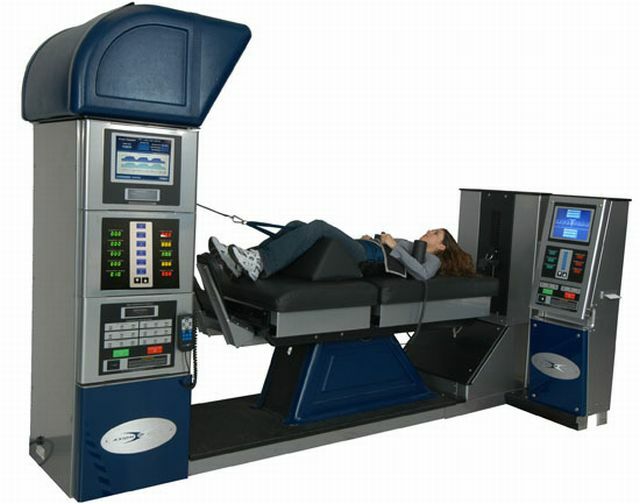
On the photo DRX 9000 - apparatus for the treatment of hernia without surgery
Highly effective is the Chinese technique "needle".This makes a small puncture, an anesthetic is introduced, and then the needle itself. The procedure does not leave any scars, it is bloodless. With her help to treat hernia, osteochondrosis, necrosis of bones.
Treatment is also carried out using its own plasma, thus mobilizing the internal reserves of the body.
How to cure the spine:
Restoring and maintaining the health of the back
All techniques for restoring the spine are based either on medical practice, or on the personal experience of those who have passed through it. The attending physician after the course of therapy will advise on what measures it is possible to maintain the health of the back.
Popular techniques for maintaining the health of the spine are as follows:
- Bregg Method .The author has developed a "Spine Repair Program", which is widely used to this day. It includes three main components: proper nutrition, regular exercise and rest. In his system, Bregg included five exercises, which, combined with the rest of the components, help support the spine in tone.
- Method of Dikul .This is one of the most well-known techniques of spine recovery. The basis is the correct attitude,
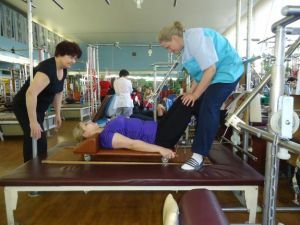 perseverance, patience and regular training of different parts of the spine. The system is used in domestic medicine and abroad, it gives a good visible result.
perseverance, patience and regular training of different parts of the spine. The system is used in domestic medicine and abroad, it gives a good visible result. - Method of Niche .The Japanese scientist did not confine himself to rules and exercises, but he created a whole philosophy. This includes the basics of proper nutrition, breathing, physical activity, movement, stimulation of internal forces and focus on results.
- Kinetotherapy is a kind of therapeutic exercise that can regulate the chemical, biological and anatomical processes of the body.
- Hippotherapy .An effective means for maintaining the spine is considered horse riding. It can be dealt with only after the approval of the attending physician.
To reduce the risk of spinal problems, exercise regularly, eat properly, lead a healthy lifestyle, drink more water and keep only positive thoughts in your mind.

